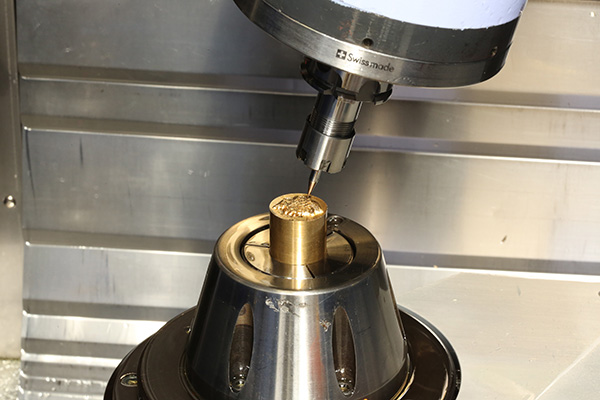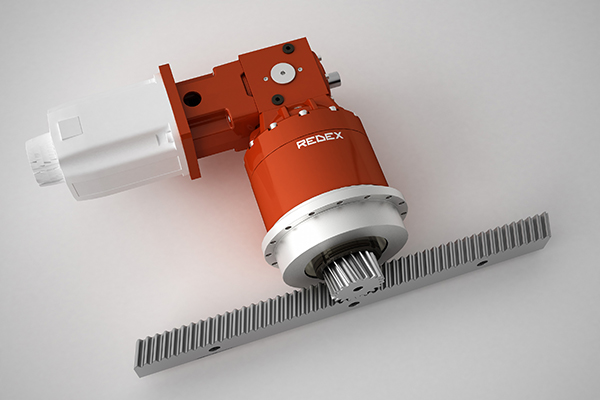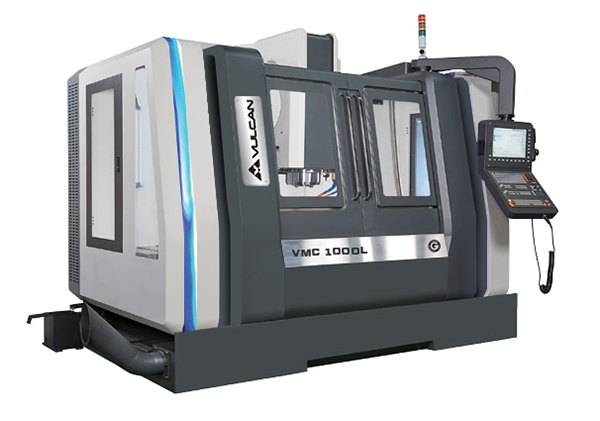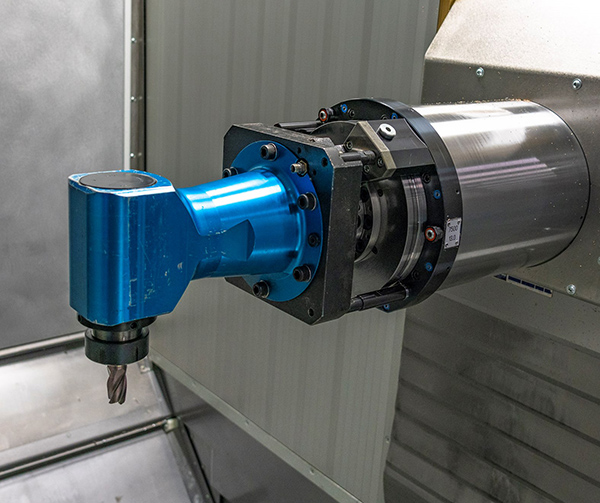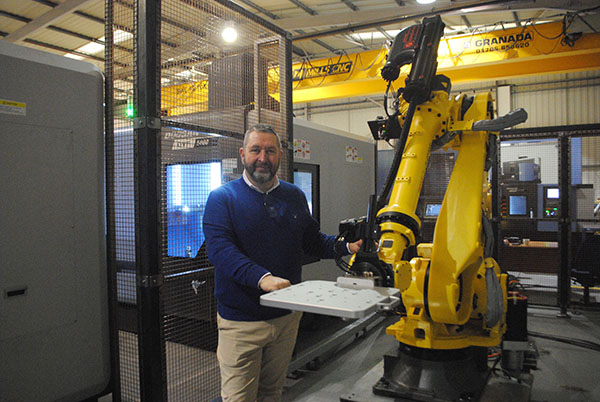The micro-machining capabilities offered by a Bumotec machining centre have recently been demonstrated by AMRC engineers who used the Swiss-made mill-turn machine to reproduce a series of tiny brass portraits of Queen Elizabeth II.

Indeed, the intricate detail of Her Majesty’s head can only be seen clearly through a powerful microscope.
It is a major achievement for University of Sheffield AMRC engineers Emma Parkin and Joe Thickett, who wanted to create the miniature artwork to demonstrate the AMRC Machining Group’s capabilities with the goal of bolstering industry knowledge on micro-machining to help UK firms win business.
Supplied by Starrag UK, the Bumotec s191 – one of eight Starrag machines in-situ at the AMRC and its sister centre, the Nuclear AMRC – was used by Parkin and Thickett to produce four highly-detailed Queen’s heads with diameters of 11.2, 7, 2.8 and 1.4 mm, on a single circular piece of 25 mm diameter brass. The pair used Sandvik micro-end-mills to achieve the basic shape of the design before switching to tiny ball-nose cutters – the smallest of which was just 0.2 mm diameter – for detailed contouring.
“We wanted to show our partners and wider industry what is achievable; that we can work to an accuracy of 0.001 mm on workpieces as small as 1.5 mm, and maintain detail,” says Parkin.
She is hoping the ‘coin’ demonstrator will lead to further micro-machining R&D and commercial projects for the AMRC.
“At the moment, when people come to the AMRC, and here to Factory of the Future, what they generally see are massive aerospace components and huge machines. I want people to also say ‘wow, the AMRC can make some really small parts, let’s work with them’.”
For further information www.starrag.com







